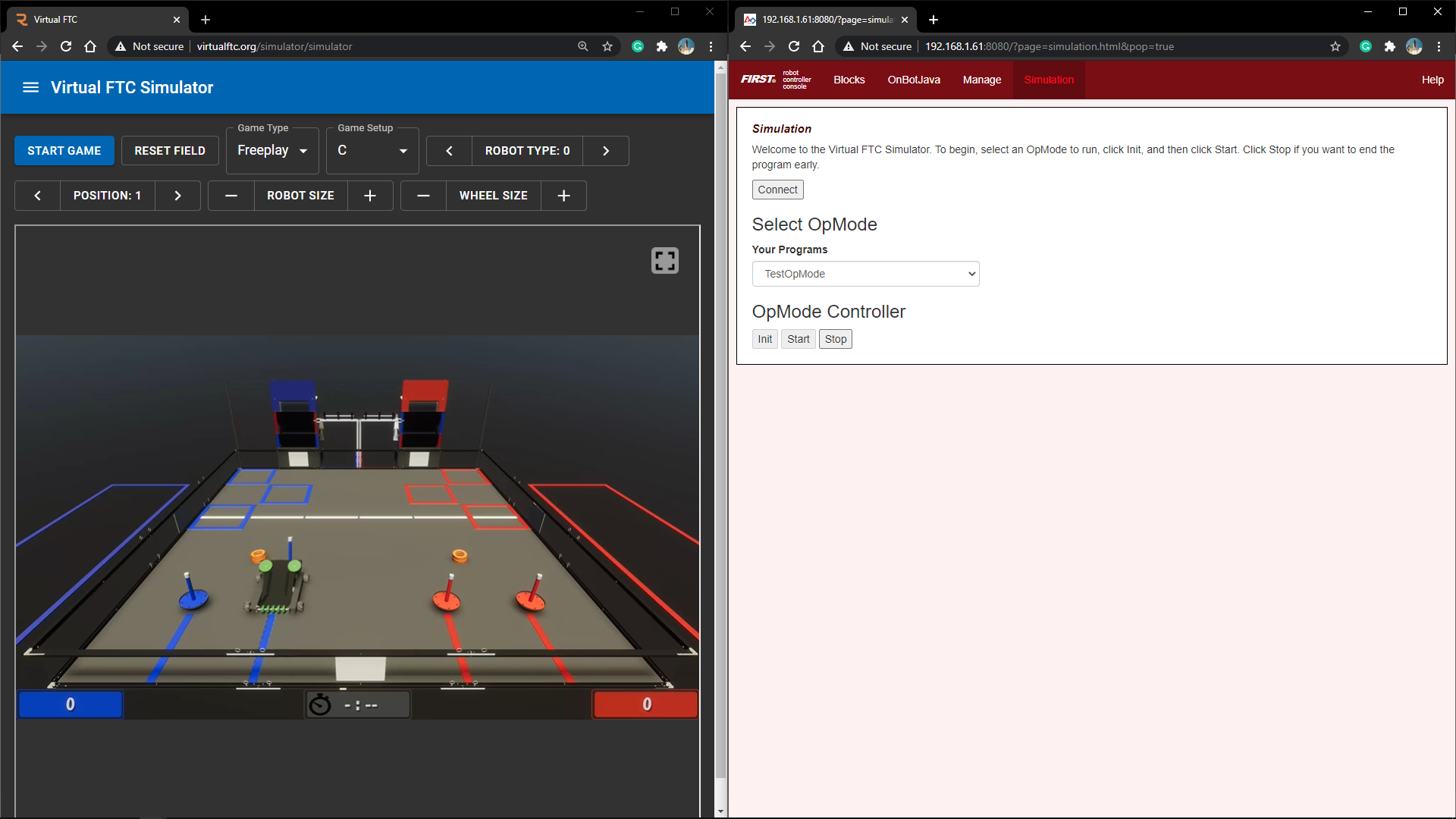Using the Basic VRC App
Downloading the App
Downloading the Basic VRC app is as simple as going to the http://vrobotsim.org/get-started and click on Download App button to get the BasicVRC_App.apk on your Android device connected to WiFi. Once downloaded on the device, locate the file and click on it to install the app. When it finishes installing, click Open to launch the Basic VRC app.
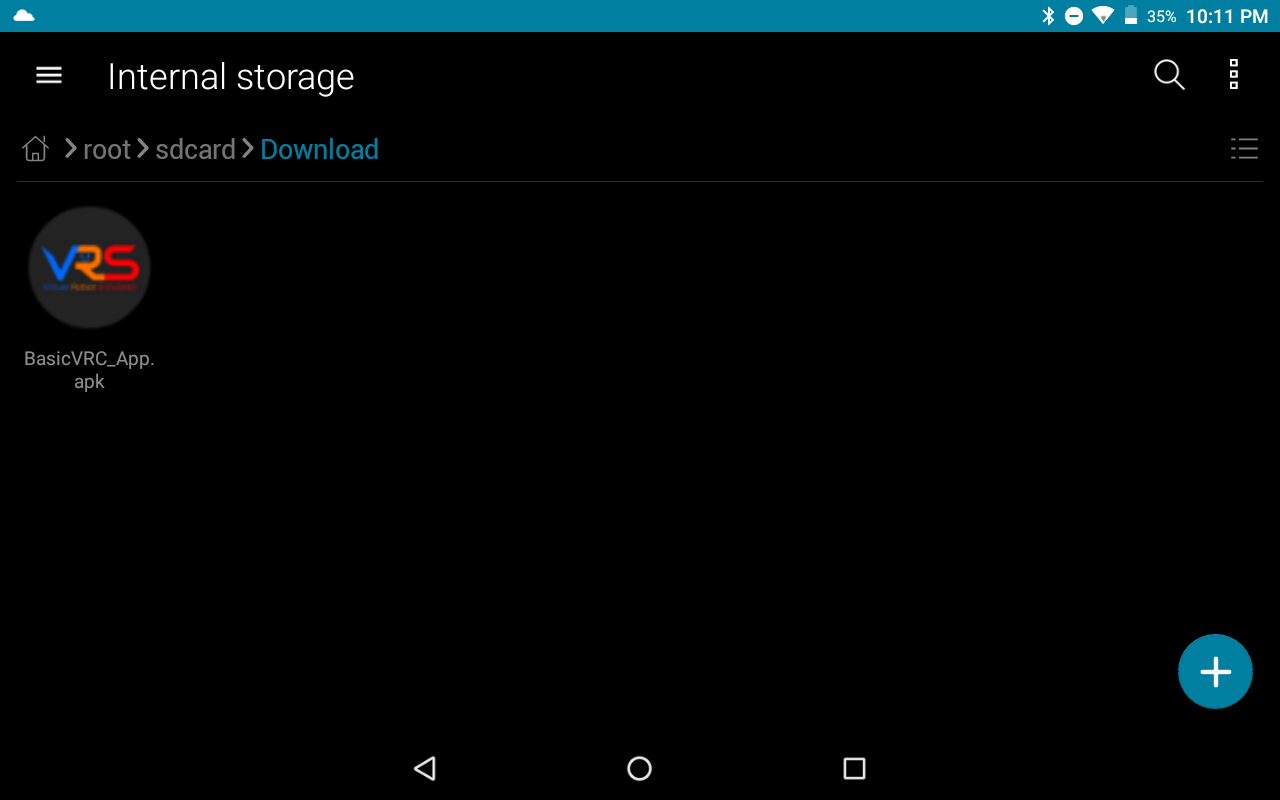
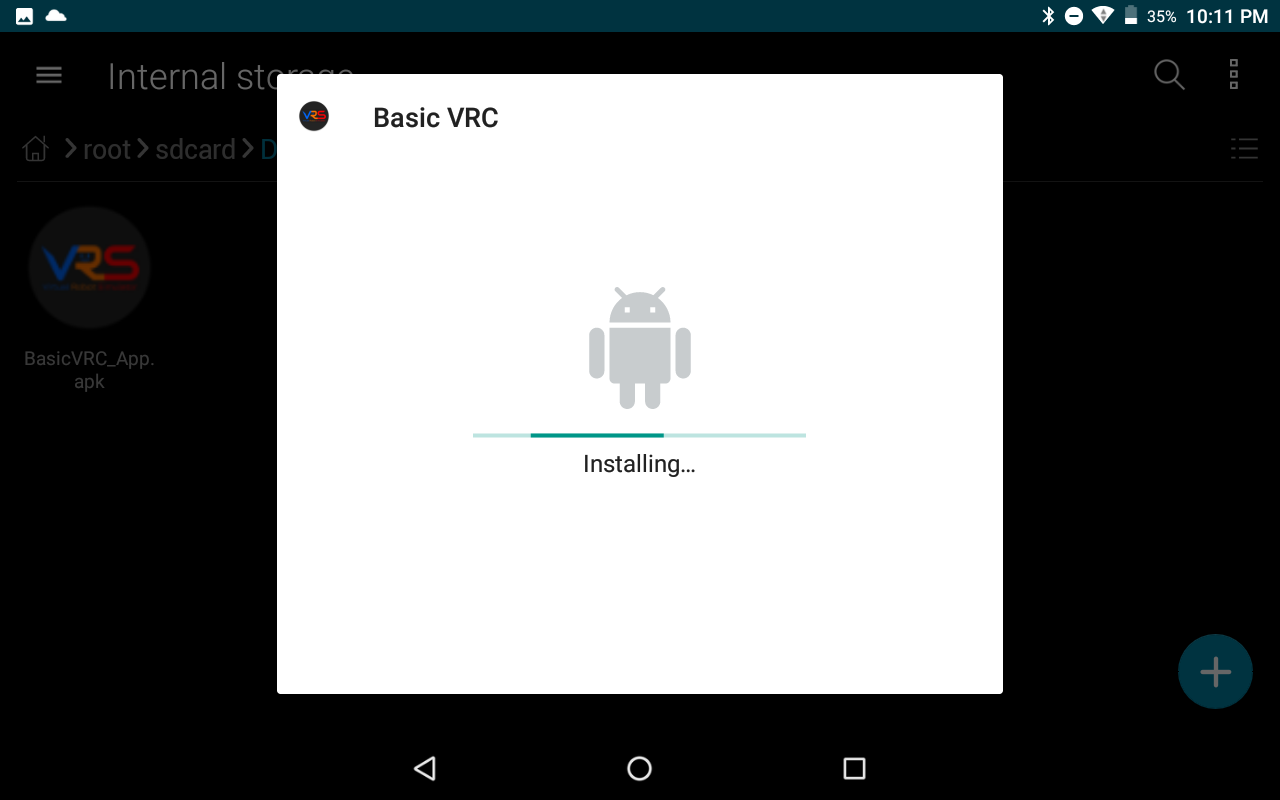
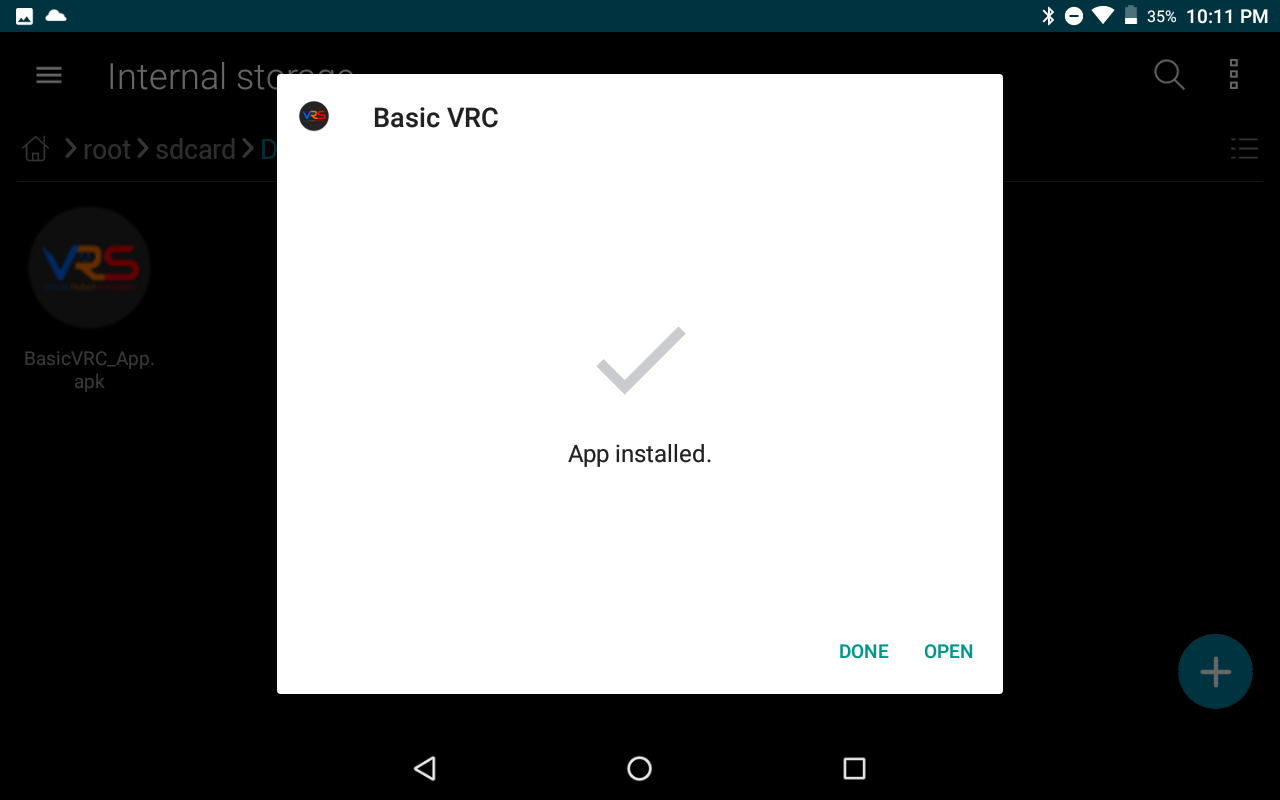
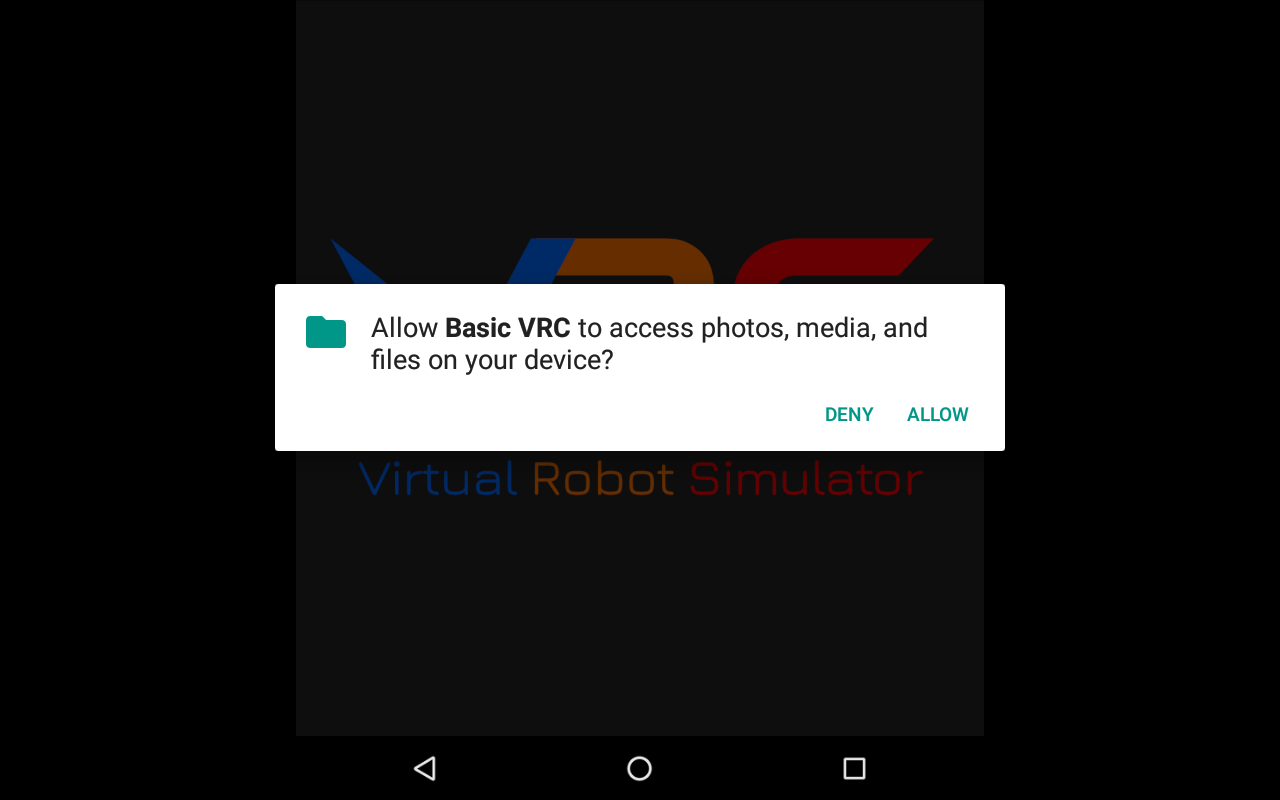
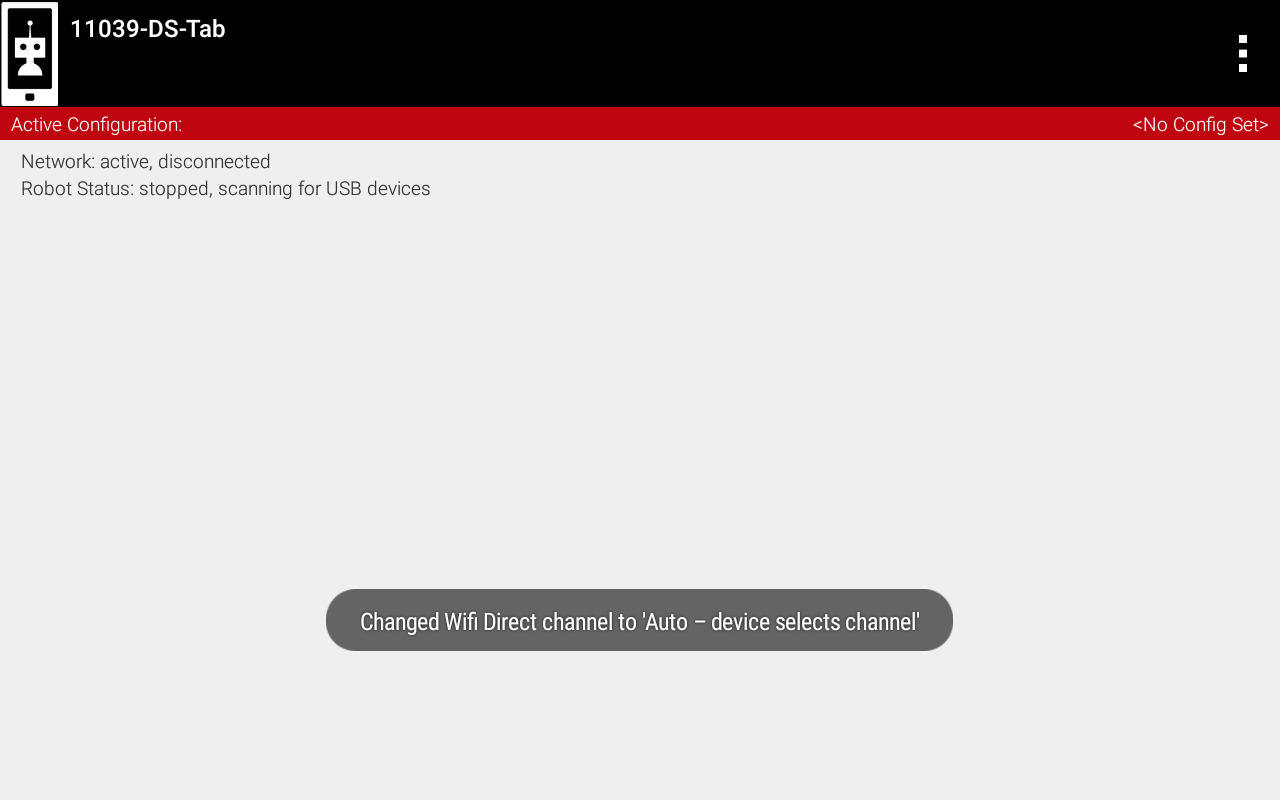
Creating a Configuration
The Basic VRC app comes preloaded with a configuration that should be used when programming the robot. To activate the configuration, click on the three dots on the top right, click Configure Robot, and then activate the configuration named “virtual-ftc”.
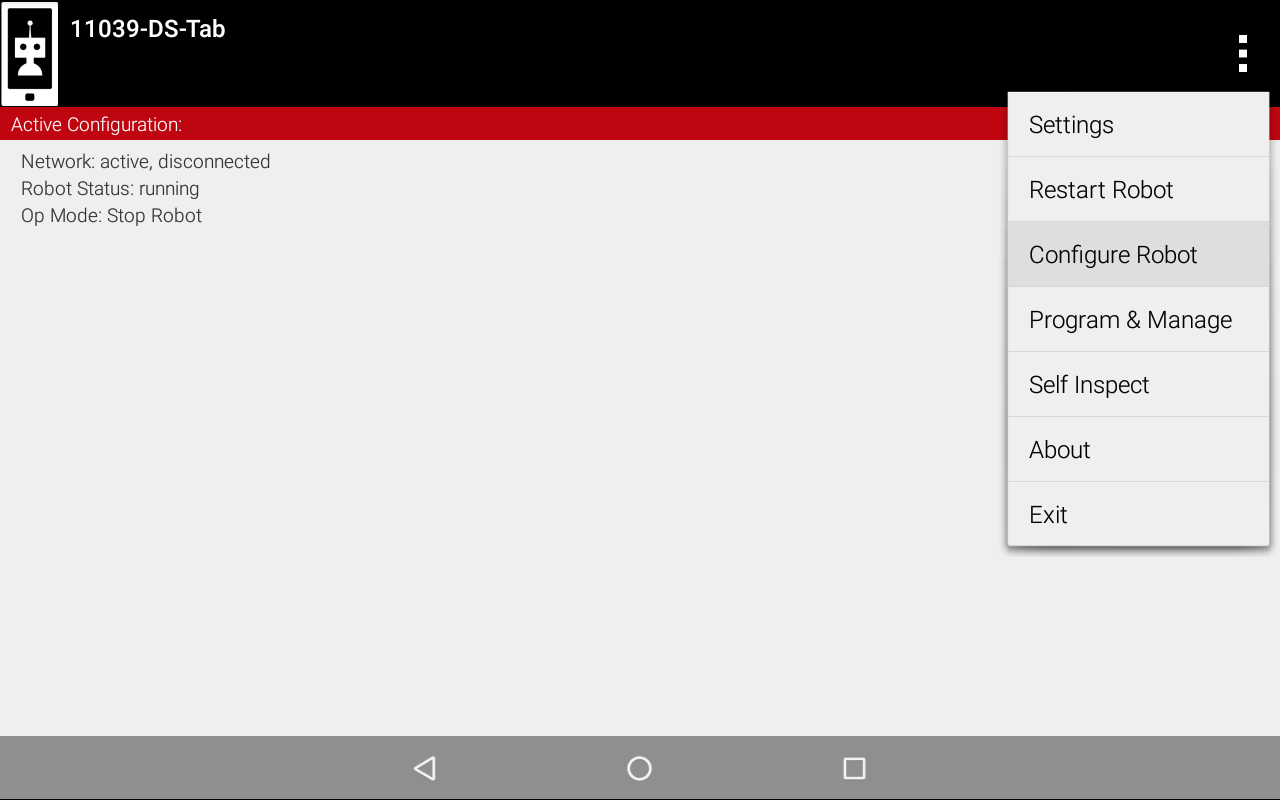
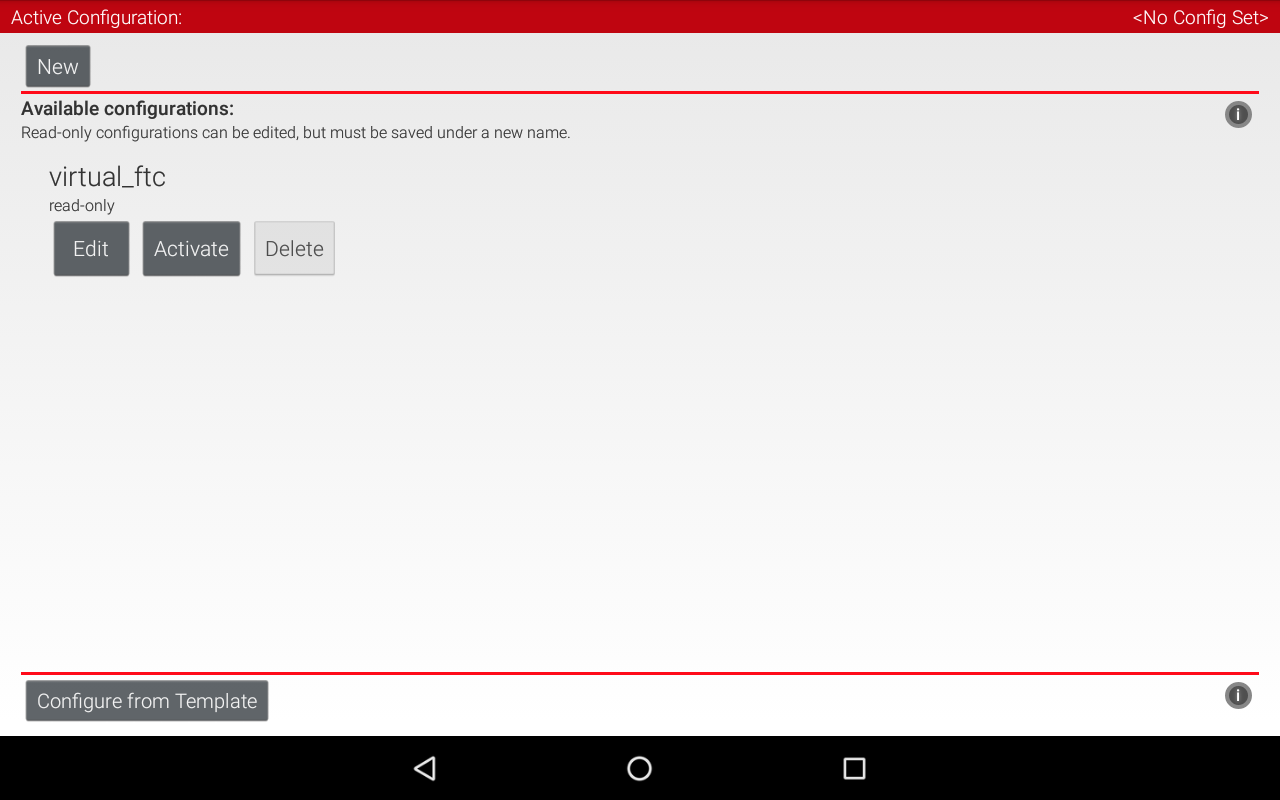
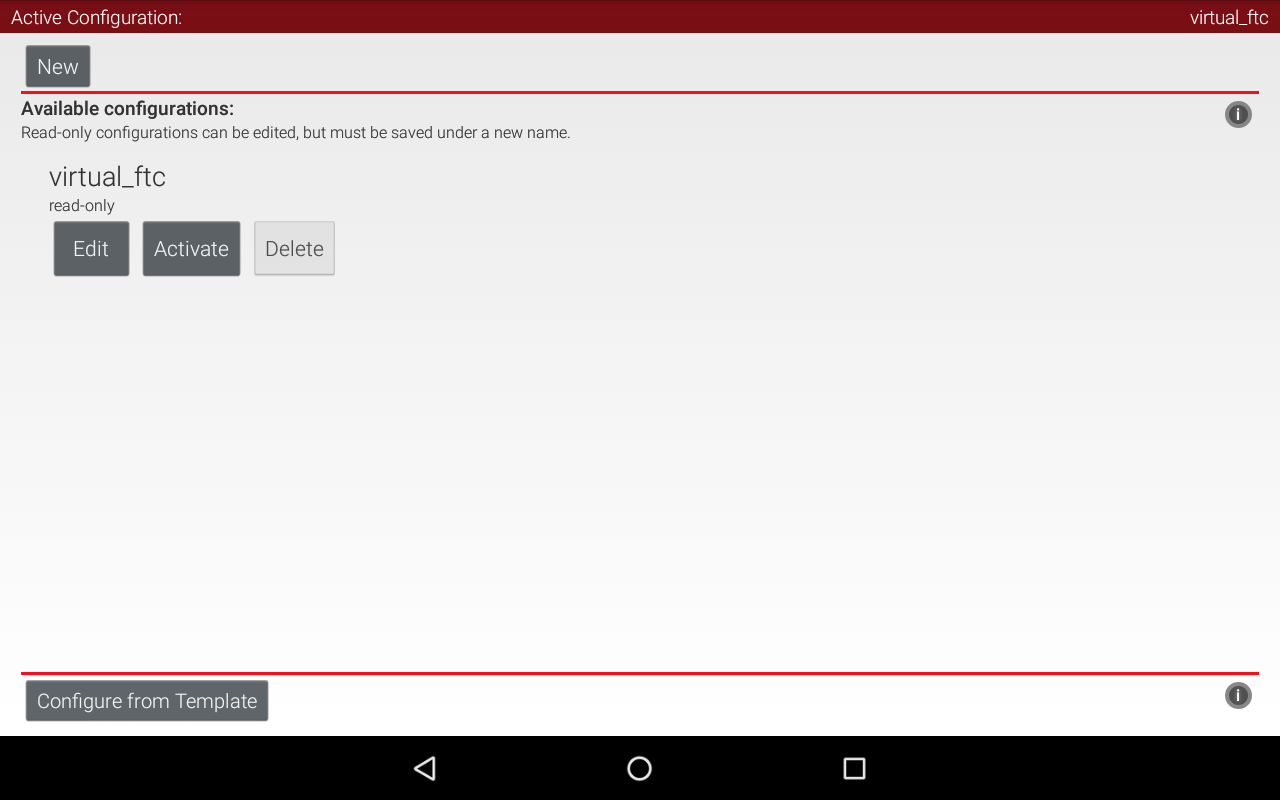
Setting up
The next step to creating your own programs is to connect to the Basic VRC dashboard on a computer. To do this, you will have to close the Basic VRC application, open Settings, click on WiFi, find a Settings icon and it should show an IP address of your device along with other device information. To find the IP address, you will have to look for something like “__.__.__.__” (usually, it would be “192.168.__.__”, but not necessarily). Once found, type this into a browser on your computer with a “:” followed by 8080 (__.__.__.__:8080) which should open up your Basic VRC Connection.
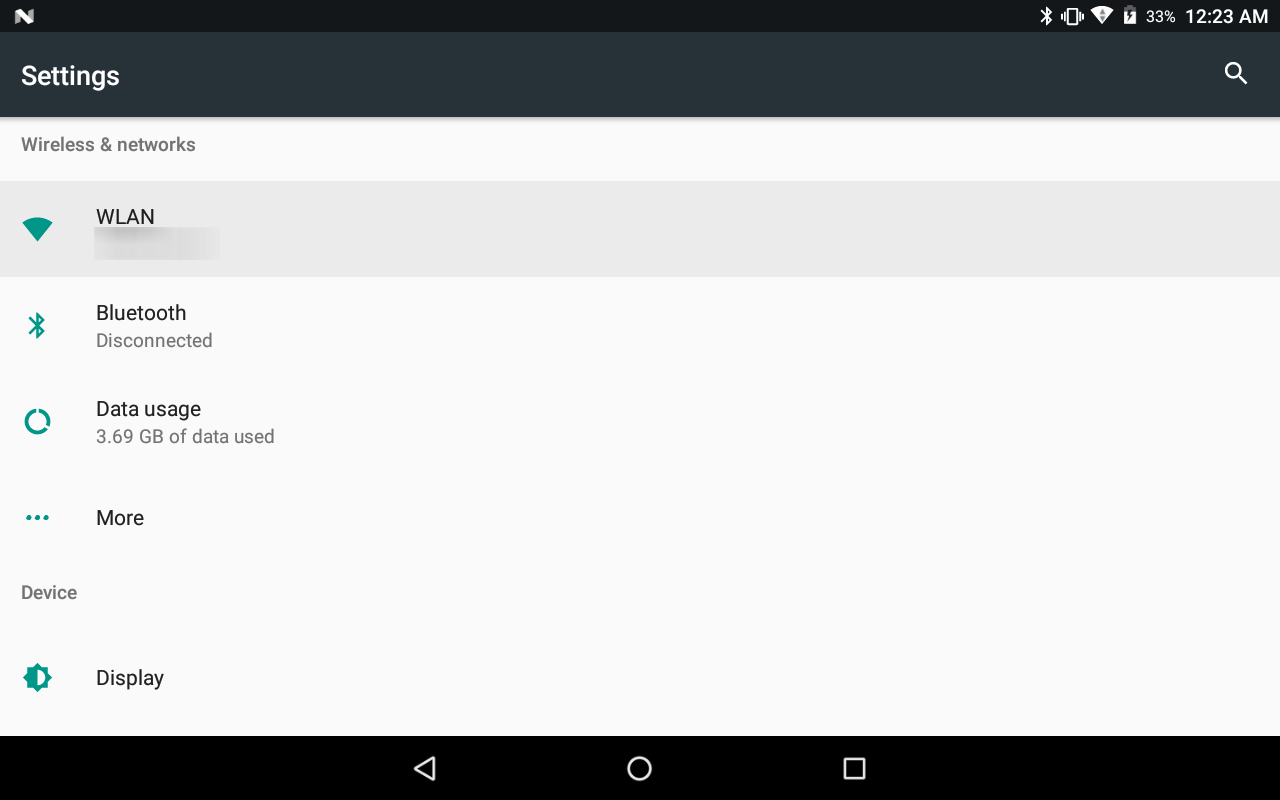
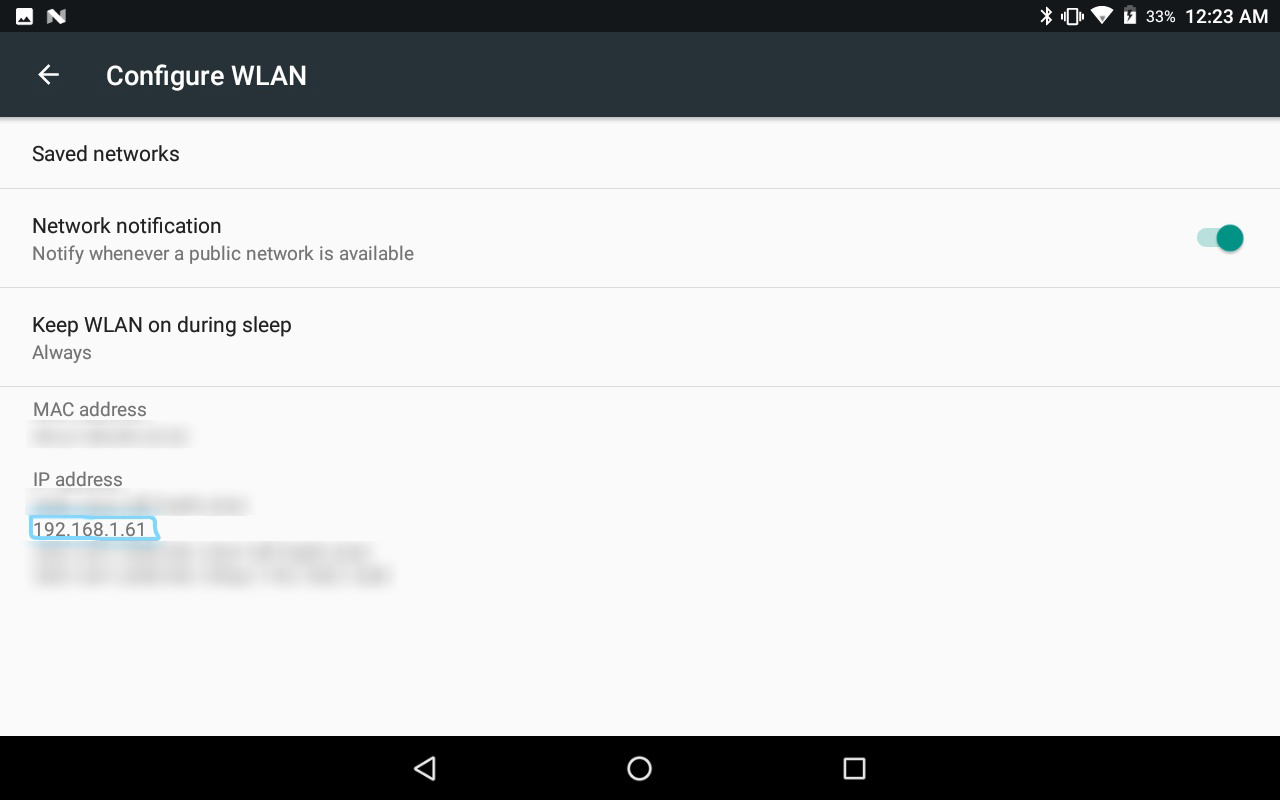
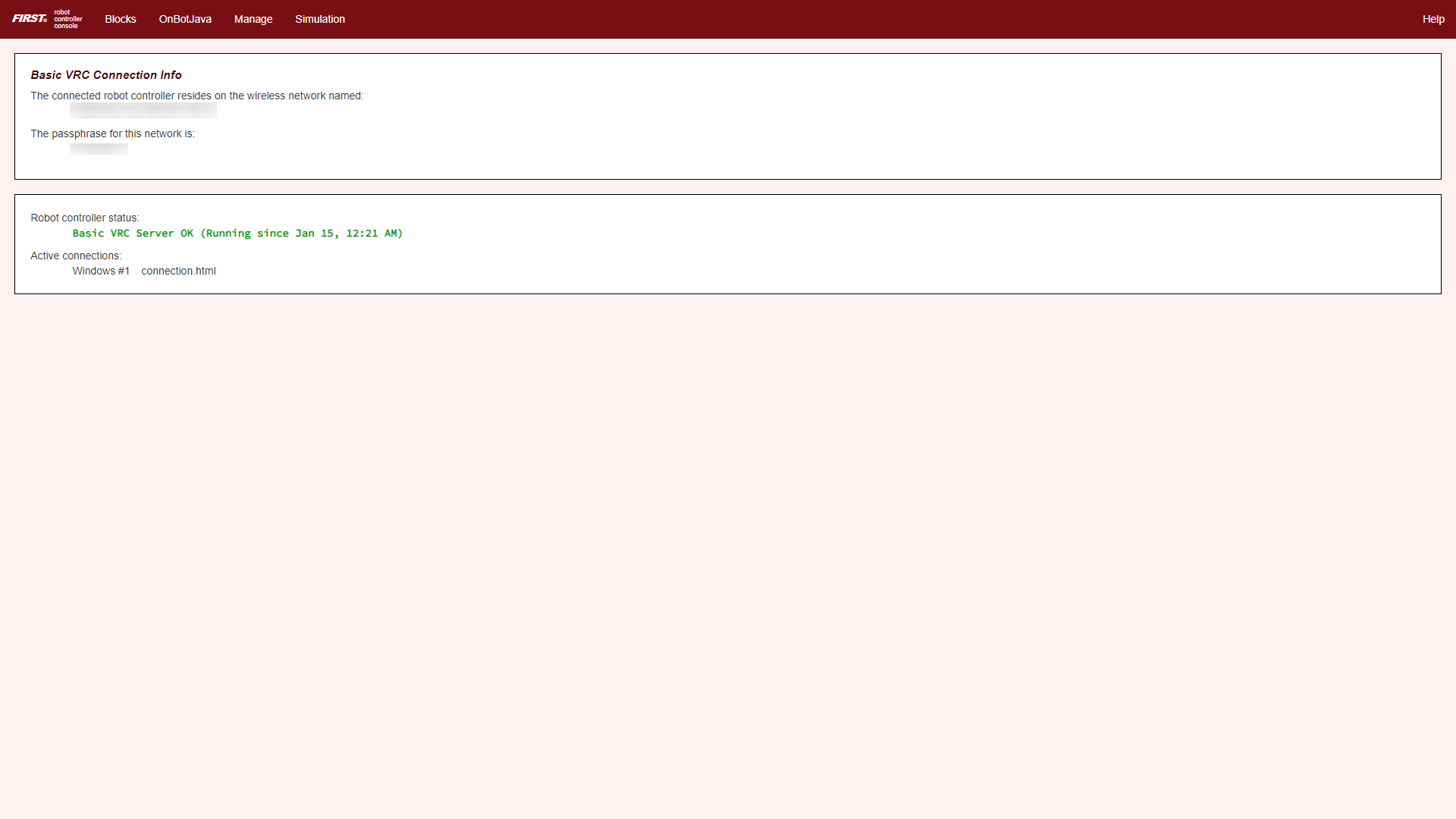
Once the dashboard has opened on your computer, you can go to the Blocks or OnBot Java tabs depending on which type of program you would like to create. Since you are using the default configuration, here is an overview of the motor names and their function:
- frontLeft: Front Left Motor on Drivetrain
- frontRight: Front Right Motor on Drivetrain
- backLeft: Back Left Motor on Drivetrain
- backRight: Back Right Motor on Drivetrain
- intake: Ring Collection Motor
- hopper: Ring Launcher
- leftShooter: Left Flywheel
- rightShooter: Right Flywheel
If you would like to learn about how to program in Blocks, please visit FIRST Tech Challenge’s Wiki on the ftc_app GitHub repository here. Please take note that you have already set up everything up to Step 3 (Press the Blocks link towards the top of the Console to navigate to the main Blocks Programming screen) and can start there.
If you would like to learn about how to program using OnBot Java, please visit FIRST Tech Challenge’s Wiki on the ftc_app GitHub repository here. Please take note that you have already set up everything up to Step 3 (Click on the word “OnBotJava” towards the top of the screen. This will switch the browser to OnBot Java Programming mode.) and can start there.
Currently, the Basic VRC does not support Gamepad interaction, but the feature is coming soon!
Be sure to only follow the FIRST Wiki Tutorial for only creating and saving the program. After saving your program, you are ready for the next step – running it on the emulator!
Using the Basic VRC Programming Dashboard
Before running your program, make sure to check that your device has a consistent WiFi connection.
Once you have activated the configuration and it shows up under active configuration on the main screen, you are ready for running your first program, but make sure you have made a booking – take a look at this guide to claim your time slot for the virtual simulator experience. After you have opened the simulator tab and can view the field, you can go back to the tab (It is highly recommended to use the split-screen feature to see the virtual field as well as the Basic VRC Dashboard) with the Basic VRC Dashboard and go to the “Simulation” page, click connect and wait for a popup telling you that you have successfully connected to the robot controller. Upon connection, it will load all of your OpModes which you can pick from in the dropdown. After picking your OpMode, you can click Init, which will allow you to click Start which will begin the program when the button is pressed and the robot will begin moving on the playing field. (As mentioned in the tutorial on using the Simulator, you can Reset the Field after stopping your program to bring the robot back to the starting position.
